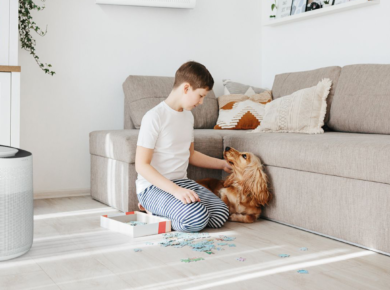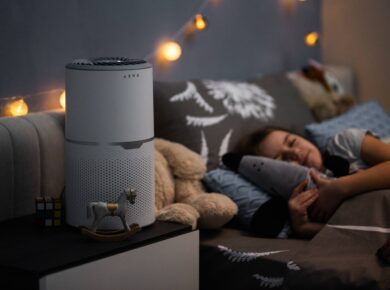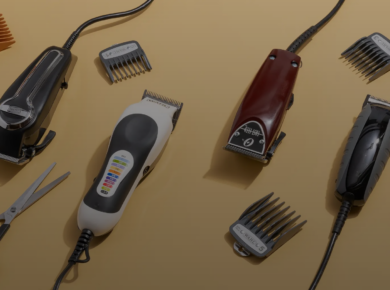More and more people in the world are trying to take care of their health: they drink only filtered water, follow a balanced diet and nutrition, and do sports. At the same time, we all live in an environment in which a lot of pollution enters every minute. Industrial and domestic effluents, solid waste, transport, air emissions. All those change the environment for the worse and affect our health. Respiratory diseases are regularly among the top reasons of death for people around the world.
We can have a limited effect on the garbage on the streets and in the ocean, or on the air in our cities. But we can definitely check and regulate the microclimate in our homes and work spaces and what we breathe there.
To the rescue come climatic household appliances that purify, humidify and condition air, or heat our homes.
Why you need an air purifier
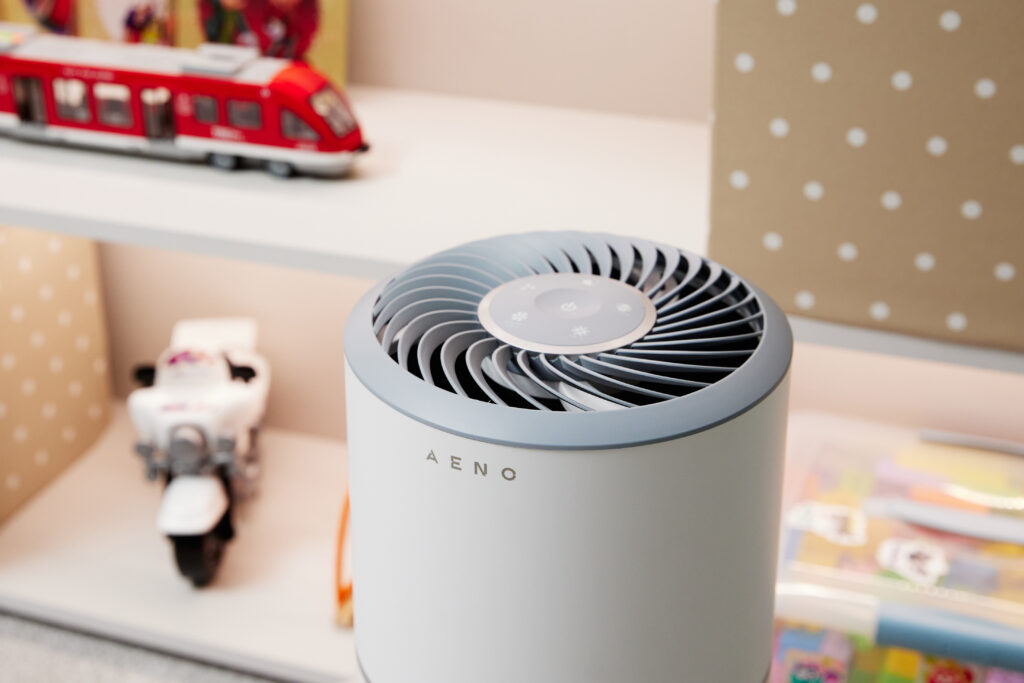
The air cleaner purifies the space in domestic and office premises from dust particles, dirt and bacteria, fungal spores, unpleasant odors and tobacco smoke, as well as from polluted air arriving during venting from the street through windows.
Classifications
There are many different types of air cleaner according to different parameters: installation method, additional features, types of air purification with various cleaning and filter technologies.
- Installation
Air cleaners are designed in the form of floor and suspension devices. There are portable compact desktop models. Individual units specifically designed for ceiling mounting are mainly intended to neutralize volatile pollutants such as tobacco smoke. Such devices do not cope well with house dust. - Additional features
Some models have the function of not only cleaning, but also additional options that improve air quality: ionization, humidification. There are also models that can be controlled remotely, either with an IR remote control or a mobile application on a smartphone. Also, for convenience, some cleaners use indicators for power mode, dustiness, level of noise, and the requirement to change or clean filters. - Purifying technologies & filters
These are the ultimate categories of air purifiers, hinge on air purification techniques and the filters utilized:
– HEPA
– Adsorbent
– UV
– Ionizers
– Ozone Generators
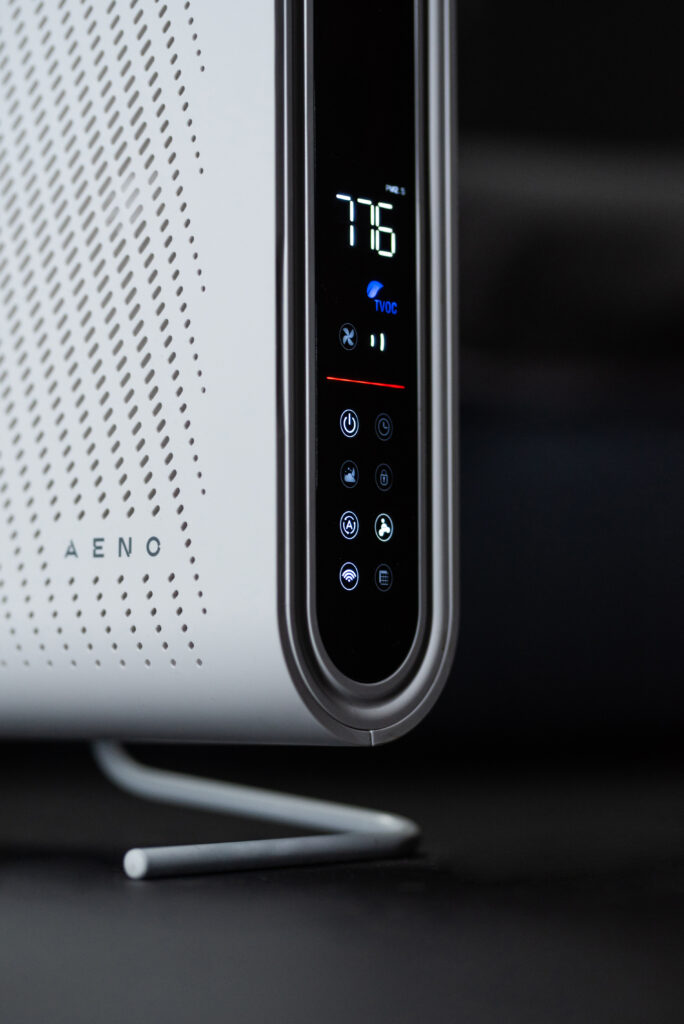
Types of air cleaners
by technology and filter
The filters and cleaning techniques used have the most influence on the device’s potency and attributes. Read on for a quick guide to the main types of air purifiers.
- HEPA Purifiers
HEPA air purification filters (High Efficiency Particulate Arresting) offer highly efficient impurity particle removal. HEPA filters are a generic feature in air cleaning equipment and are oftentimes the ultimate filtering component. HEPA filters were initially created for ventilation systems in clinics, and otherwise places with higher norms for air purity. This technique is widely utilized in public areas, manufactures and living rooms.
The fundamental principle underlying how HEPA filters work is that dust fractions are deleted by moving air via the filter with the help of a fan. The HEPA filter effectively traps more than 99% of 0.3 µm (microns) fractions, including pollen, fungal spores, animal hair and dander, and allergens from house dust mites. As a consequence, HEPA filters are utilized in both vacuum cleaners and air purifiers, both of which are suggested for those who suffer from allergies. However, since filters’ surfaces might serve as a convenient surface for germs, manufacturers also saturate them with a particular chemical mixture that stops bacteria from performing their roles (be sure to confirm whether this impregnation is offered by the filter you have selected).
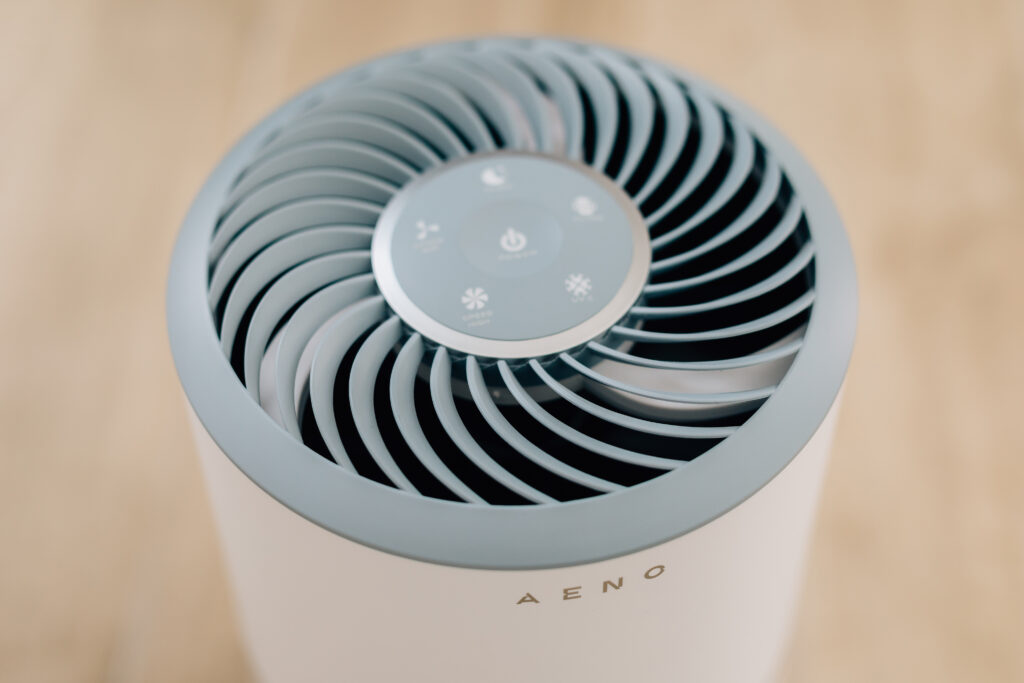
The HEPA filter is a replaceable element that needs to be cleaned and replaced as it gets dirty, its life is usually from 6 months to 5 years, according to the degree of air contamination.
- Adsorbent models
Adsorbent air filters are engineered for air purification in industrial and specialized premises, which are subject to increased requirements. Used in electronic component manufacturing facilities and wastewater treatment plants to eliminate contaminants and odors.
The cleaning equipment is delivered in the form of modules filled with special class chemical components that provide filtration efficiency throughout the entire service life. Buy adsorption air filters with a different composition of modules, which vary hinge on the degree and type of pollution, the features of the technological procedure. Thanks to the modular layout and reliable fixation, the installation process is greatly simplified and facilitated, which eliminates the use of seals and sealants.
Pollutants and odors that may be present in your home are captured by adsorbent models, which are frequently produced from activated carbon. Adsorbents are commonly utilized in different environmental remediation procedures as a result of their capacity to act as a sponge for harmful compounds.
Instead of trusting for mechanical operation, adsorption purifiers use substances known as adsorbents that physically or chemically appeal impurities to their superficies.
Utilizing electrostatic interactions among molecules, physical adsorption engages nonpolar materials to non-polar adsorbents and polar compounds, like aqua, to polar adsorbents. All components are chemically bonded to the adsorbent during chemical adsorption (chemisorption). Chemical adsorption frequently can not be inverted, whereas physical adsorption may.
When air flows via the device, undesirable gasses are absorbed by the porous layer of adsorbent agent, producing fresh air free of dangerous gaseous contaminants.
- UV Purifiers
UV air cleaners – allow not only to delete dust, wool, fragments of the epidermis, dust mites, and many allergens from the air, but also to carry out bactericidal treatment using an ultraviolet lamp. Flowing via the chamber with such radiation, the air is disinfected. Bacteria, viruses, and fungi are destroyed. Such germicidal air purifiers are often in demand in clinics. Such models are also often purchased for household air disinfection in order to protect against viral infections. This was a special trend during the coronavirus pandemic.
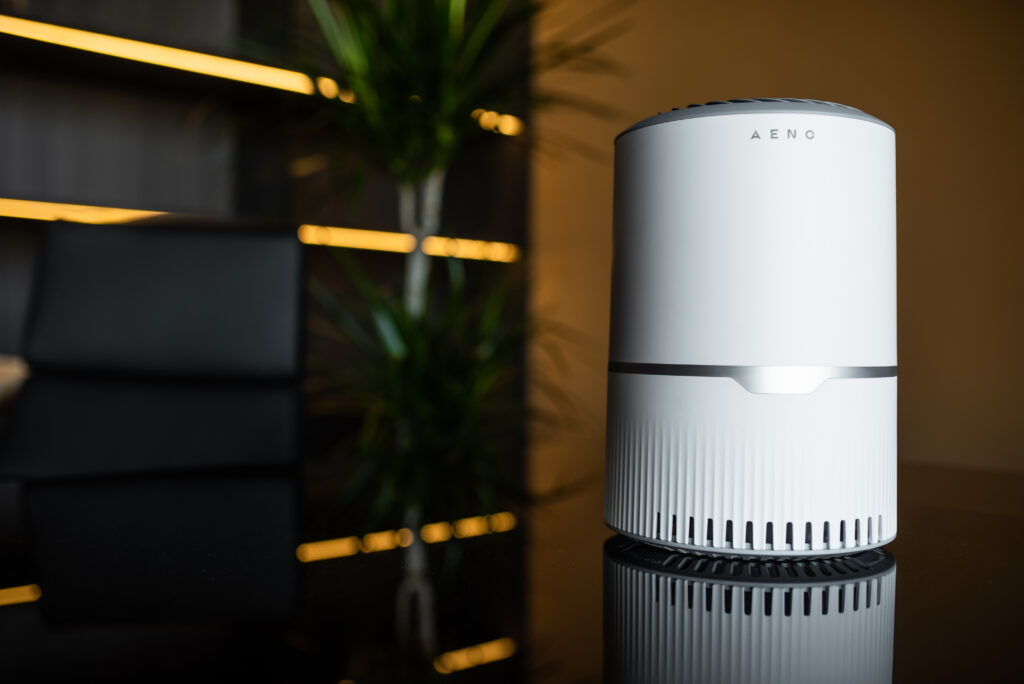
To start the procedure, air is first passed through UV purifiers. The air is then subjected to a UV lamp, which in UV devices typically emits UV-C radiation. By destroying the chemical ties that DNA molecules have formed, UVGI (ultraviolet germicidal irradiation) inactivates viruses and destroys bacteria and fungus.
These devices effectively cope with any organic pollution, decompose chemical compounds. The concept of operation is similar to UV-disinfection. But ultraviolet purifiers can be turned on in the presence of people, since they have a closed case and the radiation doesn’t go outside.
- Ionic Purifiers
The basis for the working of ionic air cleaners is the potency of ion creation from the air in the electric discharge zone. These ions stick to airborne fractions and reload them. And, since there is a strong electrostatic field inside the device, these particles are attracted to the oppositely charged electrode.
Either gadgets are known as ionizers – devices that gain the consolidation of negative oxygen ions in space. It is convinced that air ionization has a beneficial effect on human well-being.

There are actually two types of ionic devices: ionizers and electrostatic precipitators (ESPs).
Ionizers generate ions, which are charged fractions that can be positive or negative. A large number of ionizers use a technique called corona discharge to generate negative ions, which add to fractions staying about the purifier. Users may quickly wipe off the ionized units once they have collected superficies throughout your house.
Similar principles are utilized in electrostatic precipitators (ESP), except in these devices, the fractions are deposited inside the purifier on positively charged plates first than on exterior surfaces. Because it is simpler to manage the fractions by cleaning the panels rather than the entire room, ESPs are more often used than ionizers.
- Ozone Generators
The ozonizer is designed to almost completely destroy harmful microorganisms. The equipment sterilizes the ambiance and is most often used in special-purpose rooms: for example, in medical ones.
Ozone works quickly, many times faster than other cleaning methods. Removes harmful metals such as iron, manganese, which can be found in large quantities in water. Ozone purification provides complete sterilization of water, destroying all bacteria by 100% (there’re no such bacteria in nature that would be resistant to ozone).
The generators of ozone (at times mentioned to as ozone air cleaners or ozone air purifiers) divide oxygen molecules into two oxygen atoms using corona discharge or UV light, where they are then recombined into the three oxygen molecules we refer to as ozone. Ozone is extremely reactive, frequently altering the chemical consisting of the molecules in its immediate vicinity and “giving up” one oxygen atom.
Ozonizers require more careful and careful use in compliance with safety precautions. Upon completion of ozonation, it’s necessary to ventilate the premises for at least 40 minutes until the ozone is completely decomposed. After that, the air in the apartment or house becomes completely safe for humans and pets.
The best type of air purifier for home
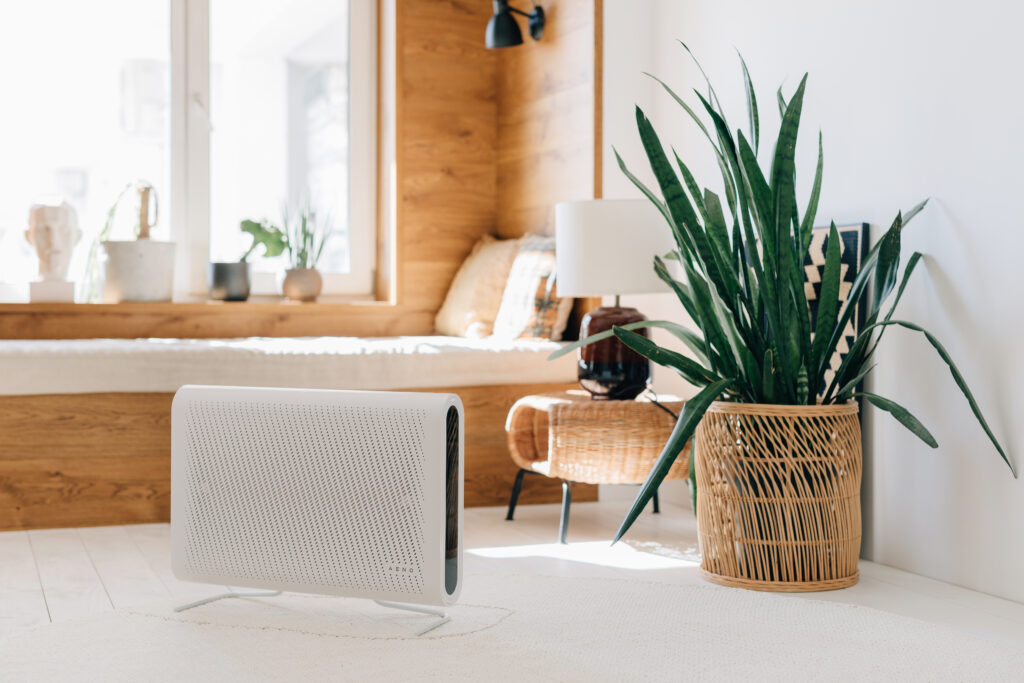
When selecting an air purifier for the living areas at your house, you could choose the most reliable models with a minimum of risks. What is the best type of air purifier for you? It’s not bad if the device is equipped with not just one type of filter, but a whole filtration system: a HEPA filter to trap large fragments, a carbon filter to neutralize odors, a built-in UV hidden inside the case to eliminate invisible microbes and, for example, an ionizer. If you wish, you can also choose a completely characteristic two-in-one model: an air purifier with an air humidifier function.
Reminder! The larger part of air cleaners are engineered to operate continuously at minimum power, in this instance, their amount of noise production will be modest.
The goods category of AENO climate household appliances includes many models, along with the features of extra safe UV air purification and ionization: https://aeno.com/category/air-treatment/air-purifiers
Take a closer look at smart models: they will help automate the process as much as possible and track the operation of the device.
Want to BUY this product?
Check out retailer list for your country.

